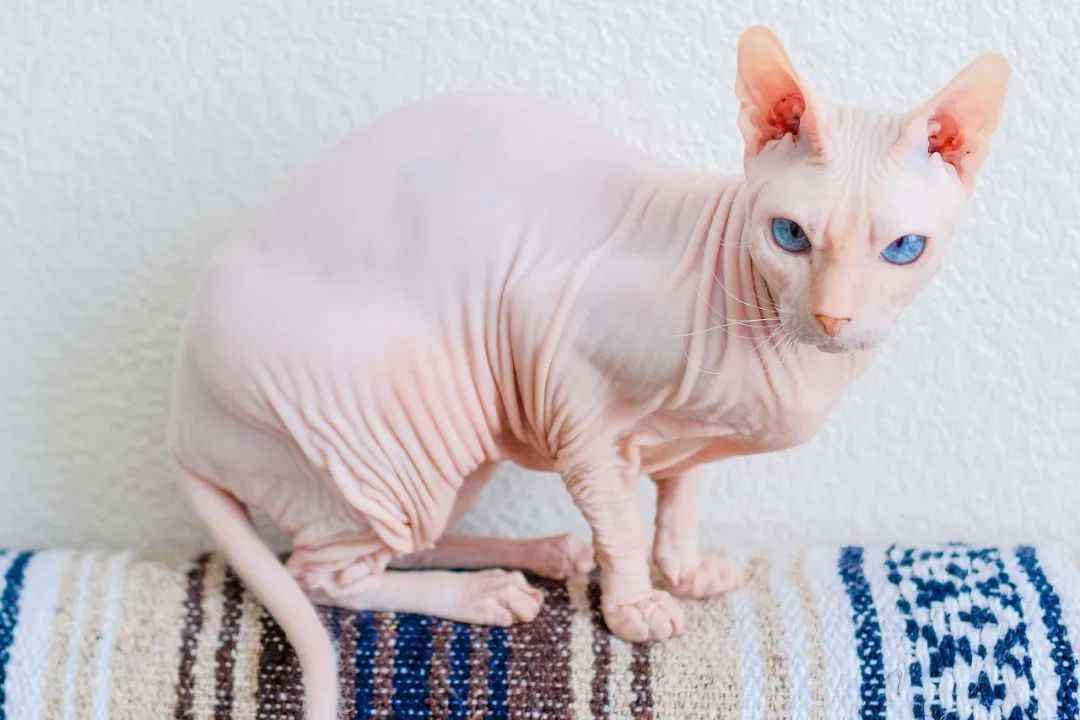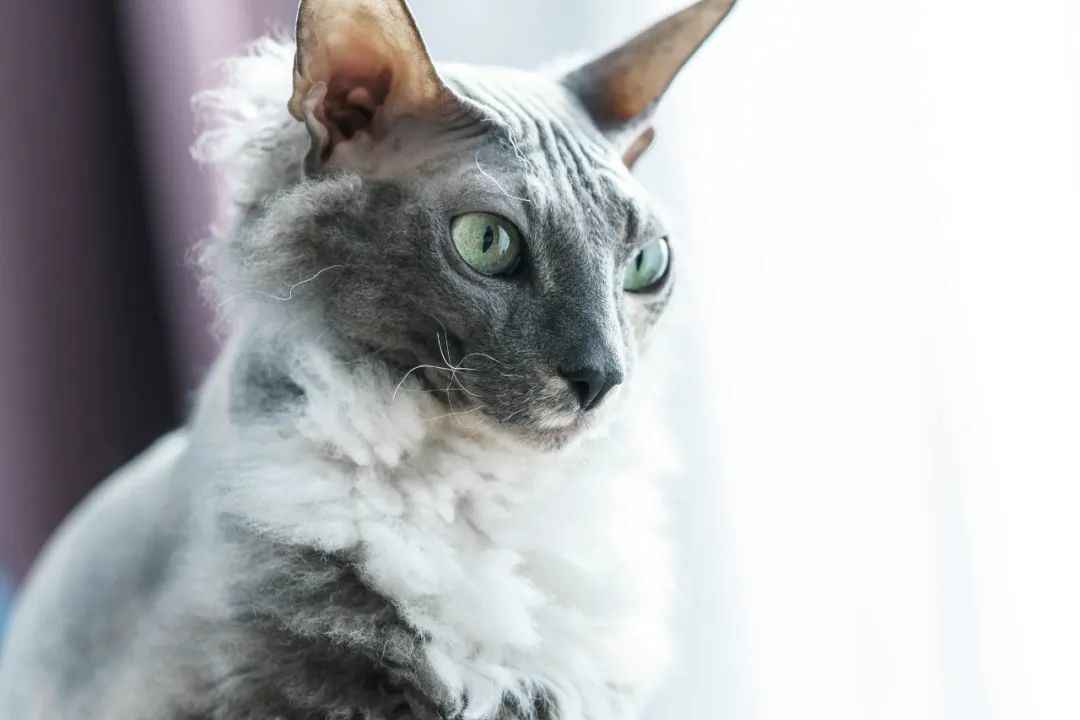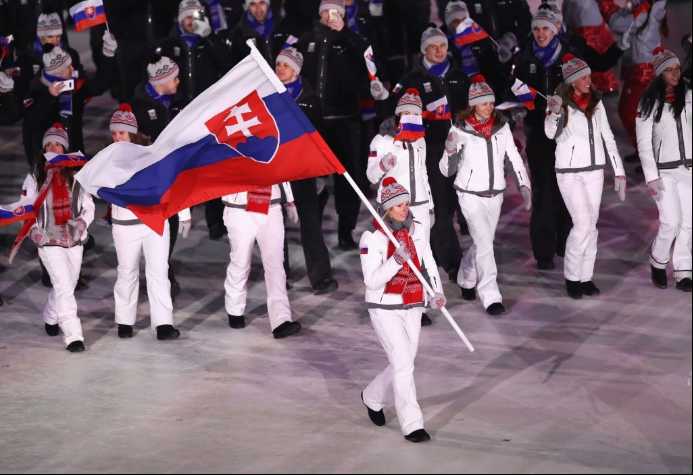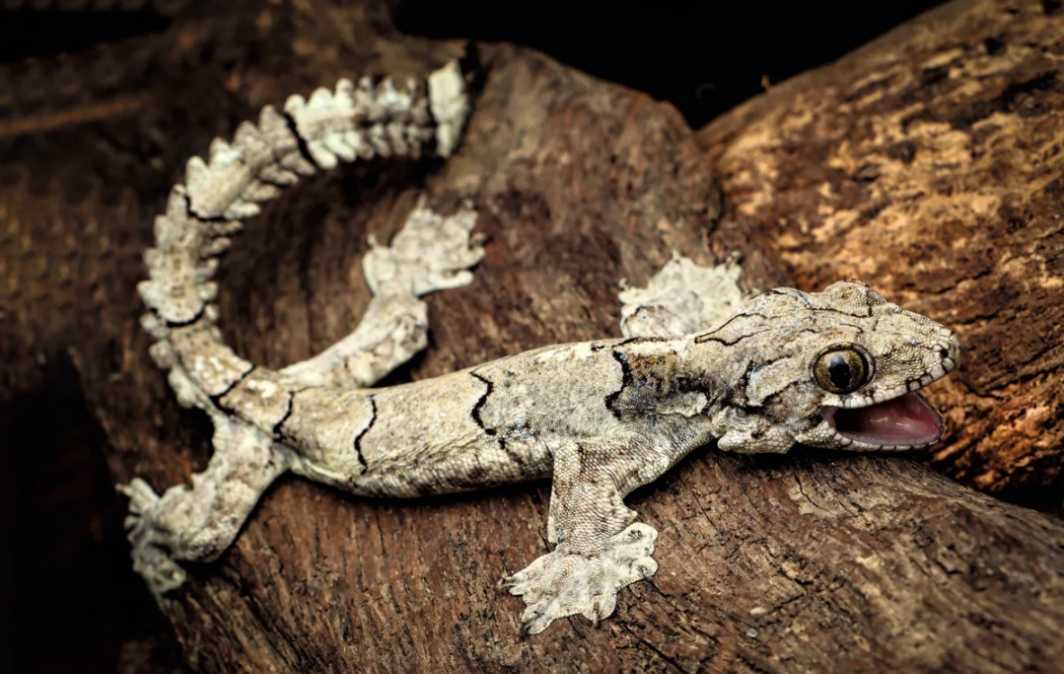
Originating from the city of Rostov-on-Don in Russia, the Donskoy cat, also known as the Don Sphynx, has captivated feline enthusiasts worldwide with its unique appearance and affectionate demeanor. First discovered in 1987 when Professor Elena Kovaleva rescued a hairless kitten named Varvara, the breed emerged from a natural genetic mutation that resulted in a lack of fur. Varvara’s subsequent litters produced both haired and hairless kittens, leading breeder Irina Nemykina to develop the Donskoy through selective breeding with European Shorthairs. Recognized by The International Cat Associat
Contrary to the fully bald Sphynx, Donskoy cats exhibit four distinct coat variations: Rubber Bald (completely hairless), Flocked (fine, peach-like fuzz), Velour (woolly coat with bald patches), and Brush (sparse, wiry hair). Even hairless Donskoys may grow short, velvety fur in colder months, though it offers little insulation. Their skin, described as (a suede-like hot water bottle), feels warm to the touch and requires daily wiping to remove excess oils.
Donskoys are renowned for their dog-like loyalty and playful energy. They thrive on human interaction, often greeting visitors with head-butts and following owners like shadows. Despite their hairless exterior, they are highly active and agile, enjoying climbing and puzzle toys. However, their lack of fur makes them vulnerable to temperature extremes, requiring indoor living, heated beds in winter, and sunscreen during outdoor exposure. Regular baths (once or twice monthly) and dental care are essential to prevent skin infections and gum disease.
Source: Images from the Internet, if there is any infringement, please contact the removal of
While generally robust, Donskoys may inherit hypertrophic cardiomyopathy (thickened heart muscles) and ectodermal dysplasia, a condition linked to dental issues and reduced sweat gland function. Responsible breeders screen for these genetic predispositions. Their high metabolism also necessitates a protein-rich diet to maintain body heat.
Unlike the Canadian Sphynx, which is uniformly bald, Donskoys display more coat diversity and a slightly smaller frame (females: 4–10 lbs; males: 6–12 lbs). Their almond-shaped eyes come in various colors, while Sphynx cats often have vivid, monochromatic eye hues. Both breeds share a hypoallergenic reputation, but Donskoys are noted for their higher energy levels and adaptability to multi-pet households.
Today, the Donskoy’s popularity extends beyond Russia, with breeders in the U.S., Europe, and Asia championing its unique traits. For those seeking a devoted, unconventional companion, this enigmatic hairless breed offers a blend of warmth, intelligence, and striking beauty.






